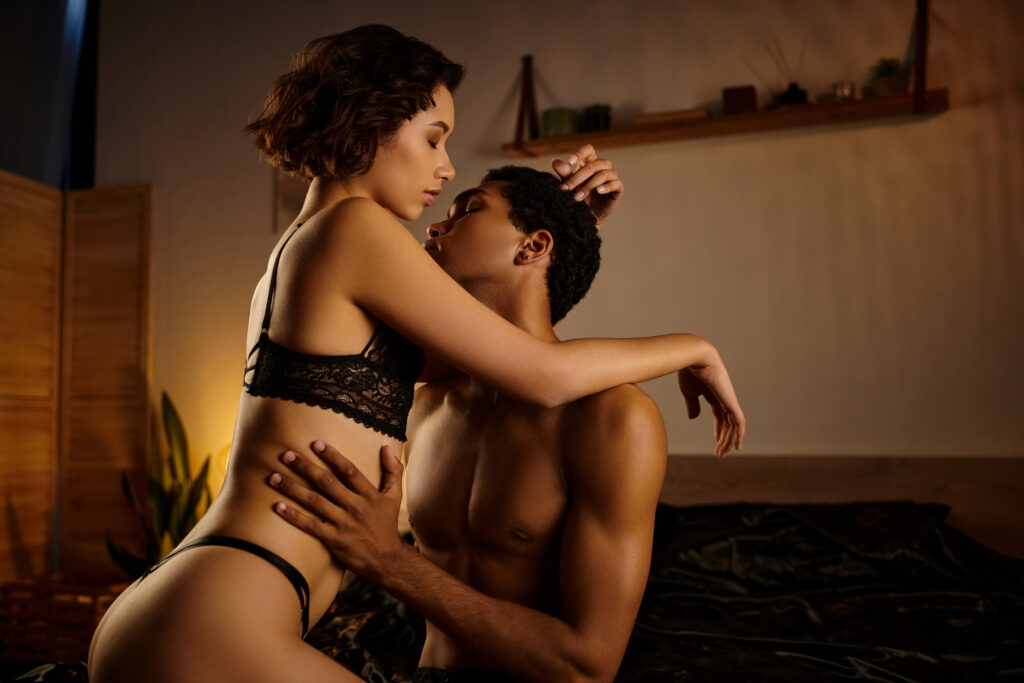The Evolution of Sexual Representation in Pop Culture
Sexual representation in pop culture has undergone significant evolution over the decades, reflecting changing societal attitudes, norms, and the push for greater inclusivity and diversity. From the early days of censorship to contemporary portrayals that challenge stereotypes and celebrate sexual diversity, explore how sexual representation has evolved in movies, television, music, and beyond.
Early Era: Censorship and Taboos
Hays Code Era: During the mid-20th century, strict censorship guidelines (such as the Hays Code in Hollywood) regulated sexual content, promoting conservative portrayals and limiting explicitness in films and media.
Subtle References: Early pop culture often featured subtle hints or euphemisms regarding sexuality, reflecting societal taboos and conservative values of the time.
Sexual Liberation and Exploration
1960s-1970s: The sexual revolution challenged traditional norms, leading to more explicit and liberated portrayals of sexuality in pop culture, including films like “Midnight Cowboy” (1969) and “Last Tango in Paris” (1972).
Counter-Culture Movements: Music and art became platforms for expressing sexual liberation and exploring diverse identities, challenging mainstream perceptions.
LGBTQ+ Representation
1980s-1990s: LGBTQ+ characters and narratives began to emerge in mainstream media, though often stereotyped or marginalized. Films like “Paris is Burning” (1990) and TV shows like “Will & Grace” (1998-2006) helped pave the way for more nuanced portrayals.
Progressive Storytelling: Recent years have seen a surge in LGBTQ+ representation across various genres and media, depicting diverse relationships and identities with greater depth and authenticity.
Diversity and Inclusivity
21st Century: Pop culture increasingly embraces diversity in sexual orientation, gender identity, and sexual expression. Shows like “Orange is the New Black” (2013-2019) and “Pose” (2018-2021) feature diverse LGBTQ+ characters and stories.
Intersectionality: There’s a growing intersectional approach, exploring how race, ethnicity, and culture intersect with sexuality in media portrayals, offering more inclusive narratives.
Challenging Stereotypes and Taboos
Mainstream Acceptance: Films like “Moonlight” (2016) and “Call Me by Your Name” (2017) have gained critical acclaim for their sensitive portrayals of LGBTQ+ relationships, challenging stereotypes and promoting empathy.
Representation in Music: Artists like Janelle Monáe and Troye Sivan use their platforms to advocate for LGBTQ+ visibility and explore themes of sexuality and identity in their music and visuals.
Future Trends and Impact
Digital Media and Representation: Online platforms and streaming services provide opportunities for diverse creators to produce and distribute content that challenges norms and fosters dialogue.
Advocacy and Activism: Pop culture continues to serve as a catalyst for advocacy and activism, amplifying voices and promoting social change around sexual rights and representation.
Conclusion
The evolution of sexual representation in pop culture reflects broader societal shifts towards inclusivity, diversity, and acceptance. From early censorship and subtle references to today’s vibrant and diverse portrayals, pop culture has played a pivotal role in shaping attitudes and challenging stereotypes about sexuality.








